Given the current economic climate and uncertainties about what’s ahead, sound planning is more important than ever. Recent Forrester research provided insights on how B2B marketing executives, portfolio marketing, marketing operations, product management, channel marketing and demand and ABM leaders should prioritize their respective investments in 2023.
In this interview with ABM In Action, we will dive deeper into the “Planning Guide 2023: Demand & ABM” with help from VP, Research Director at Forrester, Steven Casey, and VP, Research Director of Demand and ABM Strategies Service, Lisa Nakano.
Demand Gen Report: What are the best practices for cutting costs and boosting efficiency with real ABM?
Steven Casey: When we surveyed the market, we saw a high number of people who were practicing sort of misguided ABM programs. In a time where the conversation is surrounded by potential economic downturn and tightening budgets, we believe it’s highly likely that when the magnifying glasses come out, and people look for areas to save money, these faux ABM programs aren’t delivering on their promise.
Our recommendation here in boosting efficiency is to finally get it right with ABM. Follow those best practices that enable optimized ABM to make sure you have an in-depth strategic alignment with sales about who you’re targeting.
DGR: What are some challenges that you’re seeing practitioners struggle with in boosting that efficiency?
Lisa Nakano: There’s a bit of a mismatch in what people are saying and what they’re doing. They’re saying, ‘Hey, we really need to go after these new markets,’ yet they don’t have the content chops to do it. These things need to match up and using some of the elements that they already have is useful.
You have your web page and content around your products and services that live in all these different places. Look at it like you’re breaking things into small modules and start to use the channels where you already have this content. Focus on placing things in the appropriate modules, as opposed to just throwing everything there and hoping your buyers or customers can find it.
DGR: On the topic of streamlining productivity, what role do cross-sell and upsell programs play?
Nakano: In difficult economic times, focus on retaining your existing customers. During the Covid-19 pandemic, it was not the time to be knocking on people’s doors for new business; it was the time to hold on to what you had and really make that your focus. We saw organizations shifting net-new salespeople and some of these resources that were toward acquisition into retention.
Just as we’ve started to live with this new normal, we’re now entering a potential recession and economic contraction — but we still need to grow. We can’t just only retain any more. We know it’s less expensive to grow from your existing customer base than it is to acquire a new customer. We’ve talked about it historically as the ‘leaky bucket syndrome’: For every customer you lose, you must bring a whole bunch of new ones in to keep this bucket filled.
We’ve used retention as a strategy for some of that plugging, but if you’re going to keep that bucket full, 99.9% of the time it is much less expensive to grow from that existing customer base than it is to start from scratch.
DGR: Regarding changing buyer behavior, the report discussed the rise of anonymous and pseudonymous audiences. How can marketers work to generate contact information in the face of privacy concerns and regulations?
Casey: Buyer behavior is clearly changing, and buyers are valuing their own data privacy more than ever.The old approach of forcing the buyer into telling you who they are, getting their contact information so they fill out a form and you can bombard them with emails is getting harder; very few people fill out forms because they want to protect their own data. In some places, there are even laws against gathering contact information inappropriately for that purpose. So, marketers need to embrace anonymity. You don’t need to know everybody to start a journey and create relevant experiences for them.
DGR: How do you balance insourcing versus outsourcing marketing capabilities to maintain flexibility?
Casey: The recommendation is to avoid the knee-jerk reaction. Events and outsourcing tend to be near the top of the list in just about everyone’s marketing budgets. Therefore, the unsophisticated reaction might be to cut budgets across the board, cut agency fees, pull back and insource. Put the time in and figure out what you’re spending money on while you’re outsourcing today. If it’s something strategic that could be brought in-house, that’s a place where you could save money if you have the skills.
The simple way to approach this is to look at the top 10% of your agency spend and see what strategic activities are happening there, because that tends to be where the most important work is happening. Then look at the bottom 10% of what you’re spending on agencies. What our data and experience show is that you’ll typically have a bunch of different agencies, and that’s a great place to cut some of those projects or consolidate agencies to save money.
DGR: With all the economic uncertainty leading into 2023, what can marketers do to prepare?
Casey: Economic uncertainty is relatively slow-moving. We’ didn’t have a cataclysm overnight and suddenly need to cut our budgets by 25%. People have had a clear line of sight that things are likely to get worse. It’s important to take advantage of that time and take a strategic approach to stay prepared.
You have the time to plan and make the right decisions about where to spend your money and experiment, so don’t take a simplistic approach. If you follow a strategic approach, you can weather the storm and maybe even grow during this time. You’ll certainly be in a better spot than your competitors when conditions eventually improve.





